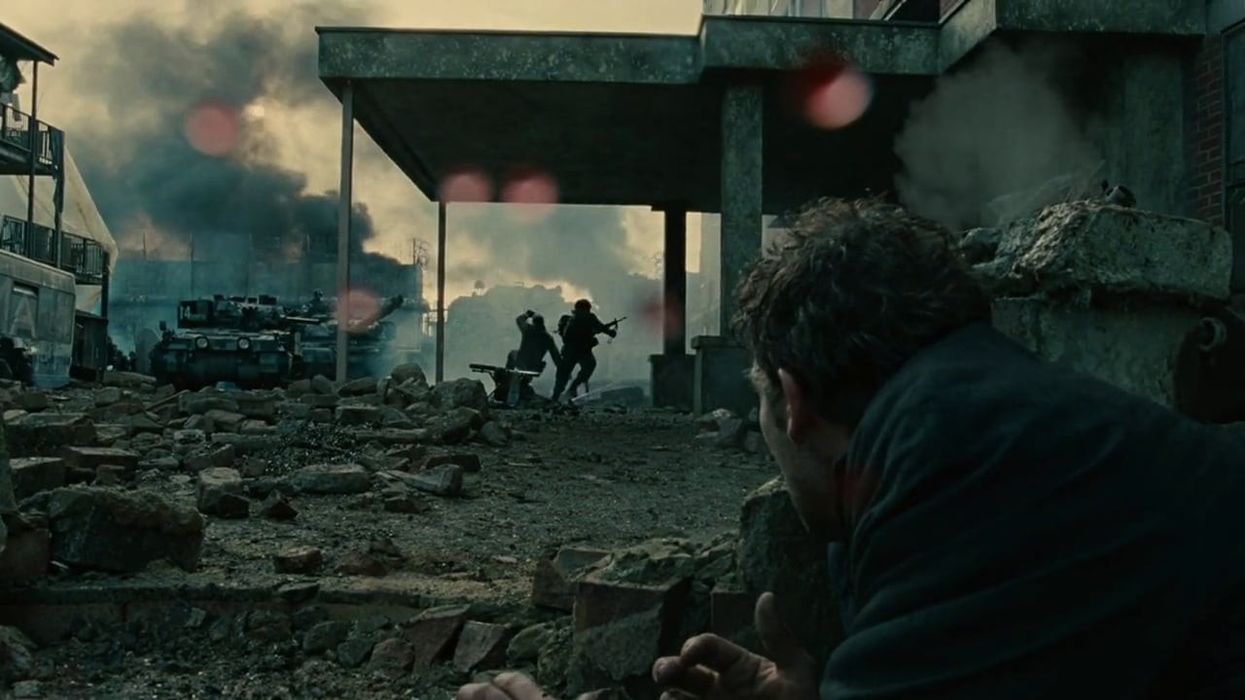Here Are 6 Different Kinds of Long Takes You Can Use in Your Films
Long takes come in many different flavors—how many of them do you know?

Long takes, also known as "oners", are not only cool to look at, but they're also a mark of a skilled DP. So, you'll definitely be raising some eyebrows and impressing prospective clients if in your repertoire is a wide range of oners that both range in style and purpose and demonstrate your cinematic dexterity. In this video by Aputure, DP Emma Kragen goes over 6 different kinds of long takes, explaining how they work, as well as how they serve the story.
Here are the different kinds of long takes Kragen mentions in the video:
- The establishing long take
- The tracking long take
- The exposition long take
- The action long take
- The stationary long take
- The "fake" long take
It's interesting to think about how the shot type affects both the narrative and the visuals when also considering the added element of it being a long take. For instance, an establishing shot has great purpose on its own; it introduces the audience to the setting, key characters, and gives them an idea of the tone of the film. Now, things get a little bit more complicated when you make that establishing shot a long take.
First of all, since long takes "say" a lot to an audience, that message is being tacked on to the one the original shot type is already relaying. Let's go back to our establishing shot example: if it's already introducing the setting, characters, and tone, making it a oner, especially if the camera is moving, will essentially drop your audience right into the scene—you'll be immersing them. Same goes for action long takes—the opening D-Day scene in Saving Private Ryan, multiple scenes from Children of Men—Spielberg and Cuarón wanted their audiences to be right there alongside their characters as they fought/ran for their lives.
Long takes are fun and complex and really, really difficult to choreograph, which is why it's important to remember that they, like all shot choices, should be motivated by the needs of the story. If a oner won't do the story any good, you might not want to save all the trouble for a time when it will.
Source: Aputure












